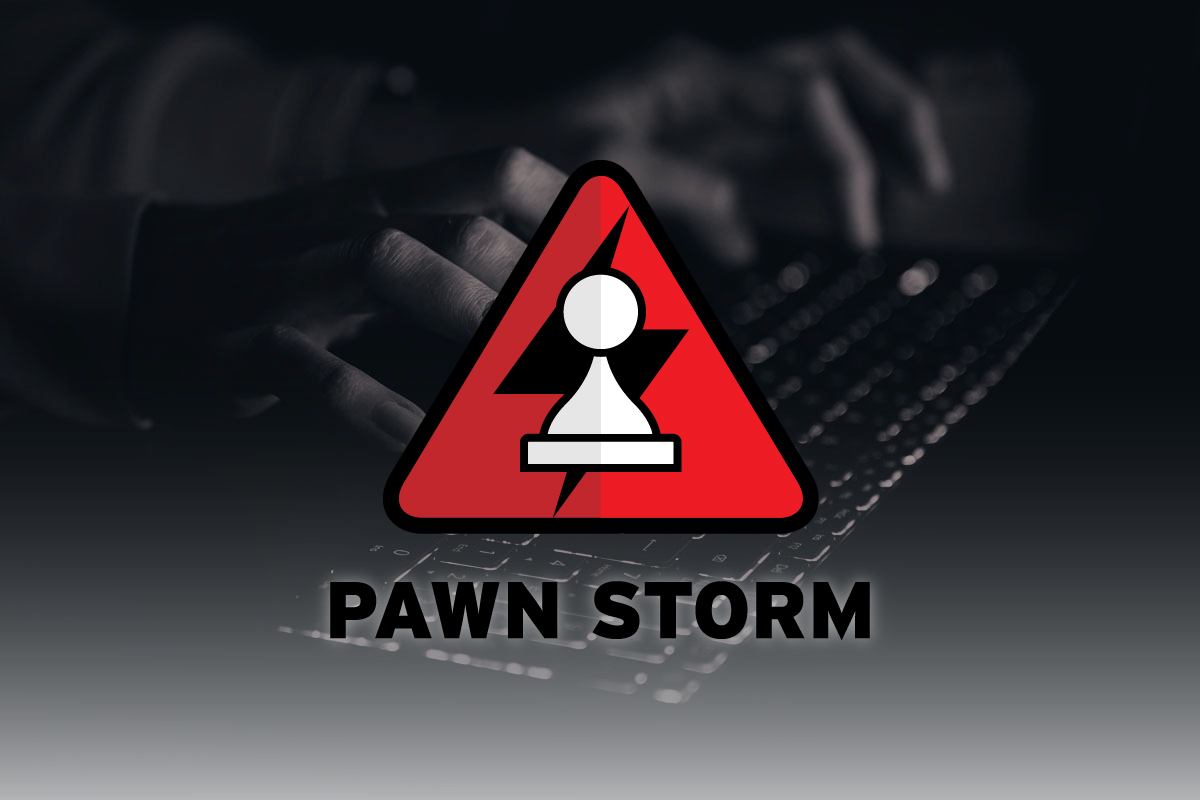
Whether or not you’re much into online banking, protecting yourself from bank fraud is a must.
Online banking is well on its way to becoming a cornerstone of the banking experience overall. More and more transactions occur over the internet rather than at a teller’s window, and nearly every account has a username, password, and PIN linked with it. And whether you use your online banking credentials often or not, hackers and scammers still want to get their hands on them.
The fact is, online banking is growing and is here to stay. No longer a novelty, online banking is an expectation. Today, 78% of adults in the U.S. prefer to bank online. Meanwhile, only 29% prefer to bank in person. Further projections estimate that more than 3.5 billion people worldwide will bank online, driven in large part by online-only banks.
There’s no doubt about it. We live in a world where banking, shopping, and payments revolve around a username and password. That’s quite a bit to take in, particularly if your first experiences with banking involved walking into a branch, getting a paper passbook, and maybe even a free toaster for opening an account.
So, how do you protect yourself? Whether you use online banking regularly or sparingly, you can protect yourself from being the victim of fraud by following a few straightforward steps.
Here’s how you can protect yourself from online banking fraud
Use a strong password—and a password manager to keep them straight
Start here. Passwords are your first line of defense. However, one thing that can be a headache is the number of passwords we have to juggle—a number that seems like it’s growing every day. Look around online and you’ll see multiple studies and articles stating that the average person has upwards of 80 to manage. Even if you have only a small percentage of those, strongly consider using a password manager. A good choice will generate strong, unique passwords for each of your accounts and store them securely for you.
In general, avoid simple passwords that people can guess or easily glean from other sources (like your birthday, your child’s birthday, the name of your pet, and so on). Additionally, make them unique from account to account. That’s can save you major headaches if one account gets compromised and a hacker tries to use the same password on another account.
If you want to set up your own passwords, check out this article on how you can make them strong and unique.
Use two-factor authentication to protect your accounts
What exactly is two-factor authentication? It’s an extra layer of defense for your accounts. In practice, it means that in addition to providing a password, you also receive a special one-time-use code to access your account. That code might be sent to you via email or to your phone by text. In some cases, you can also receive that code by a call to your phone. Basically, two-factor authentication combines two things: something you know, like your password; and something you have, like your smartphone. Together, that makes it tougher for scammers to hack into your accounts.
Two-factor authentication is practically a standard, so much so that you already might be using it right now when you bank or use certain accounts. If not, you can see if your bank offers it as an option in your settings the next time you log in. Or, you can contact your bank for help to get it set up.
Avoid phishing attacks: Look at your email inbox with a skeptical eye
Phishing is a popular way for crooks to steal personal information by way of email, where a crook will look to phish (“fish”) personal and financial information out of you. No two phishing emails look alike. They can range from a request from a stranger posing as a lawyer who wants you to help with a bank transfer—to an announcement about (phony) lottery winnings. “Just send us your bank information and we’ll send your prize to you!” Those are a couple of classics. However, phishing emails have become much more sophisticated in recent years. Now, slicker hackers will pose as banks, online stores, and credit card companies, often using well-designed emails that look almost the same as the genuine article.
Of course, those emails are fakes. The links they embed in those emails lead you to them, so they can steal your personal info or redirect a payment their way. One telltale sign of a phishing email is if the sender used an address that slightly alters the brand name or adds to it by tacking extra language at the end of it. If you get one of these emails, don’t click any of the links. Contact the institute in question using a phone number or address posted on their official website. This is a good guideline in general. The best avenue of communication is the one you’ve used and trusted before.
Be skeptical about calls as well. Fraudsters use the phone too.
It might seem a little traditional, yet criminals still like to use the phone. In fact, they rely on the fact that many still see the phone as a trusted line of communication. This is known as “vishing,” which is short for “voice phishing.” The aim is the same as it is with phishing. The fraudster is looking to lure you into a bogus financial transaction or attempting to steal information, whether that’s financial, personal, or both. They might call you directly, posing as your bank or even as tech support from a well-known company, or they might send you a text or email that directs you to call their number.
For example, a crook might call and introduce themselves as being part of your bank or credit card company with a line like “there are questions about your account” or something similar. In these cases, politely hang up. Next, call your bank or credit card company to follow up on your own. If the initial call was legitimate, you’ll quickly find out and can handle the issue properly. If you get a call from a scammer, they can be very persuasive. Remember, though. You’re in charge. You can absolutely hang up and then follow up using a phone number you trust.
Steer clear of financial transactions on public Wi-Fi in cafes, hotels, and libraries
There’s a good reason not to use public Wi-Fi: it’s not private. They’re public networks, and that means they’re unsecure and shared by everyone who’s using it, which allows hackers to read any data passing along it like an open book. That includes your accounts and passwords if you’re doing any banking or shopping on it. The best advice here is to wait and handle those things at home if possible. (Or connect to public Wi-Fi with a VPN service, which we’ll cover below in a moment.)
If not, you can always use your smartphone’s data connection to create a personal hotspot for your laptop, which will be far more secure. Another option is to use your smartphone alone. With a combination of your phone’s data connection and an app from your bank, you can take care of business that way instead of using public Wi-Fi. That said, be aware of your physical surroundings too. Make sure no one is looking over your shoulder!
Protecting your banking and finances even further
Some basic digital hygiene will go a long way toward protecting you even more—not only your banking and finances, but all the things you do online as well. The following quick list can help:
- Update your software – That includes the operating system of your computers, smartphones, and tablets, along with the apps that are on them. Many updates include security upgrades and fixes that make it tougher for hackers to launch an attack.
- Lock up – Your computers, smartphones, and tablets will have a way of locking them with a PIN, a password, your fingerprint, or your face. Take advantage of that protection, which is particularly important if your device is lost or stolen.
- Use security software – Protecting your devices with comprehensive online protection software will fend off the latest malware, spyware, and ransomware attacks, plus further protect your privacy and identity.
- Consider connecting with a VPN – also known as a “virtual private network,” a VPN helps you stay safer with bank-grade encryption and private browsing. It’s a particularly excellent option if you find yourself needing to use public Wi-Fi because a VPN effectively makes a public network private.
- Check your credit report and monitor your transactions – This is an important thing to do in today’s password- and digital-driven world. Doing so will uncover any inconsistencies or outright instances of fraud and put you on the path to setting them straight. Online protection software can help with this as well. It can keep an eye on your credit and your transactions all in one place, providing you notifications if anything changes. That same monitoring can extend to retirement, investment, and loan accounts as well. Check out our plans and see which options work best for you.







